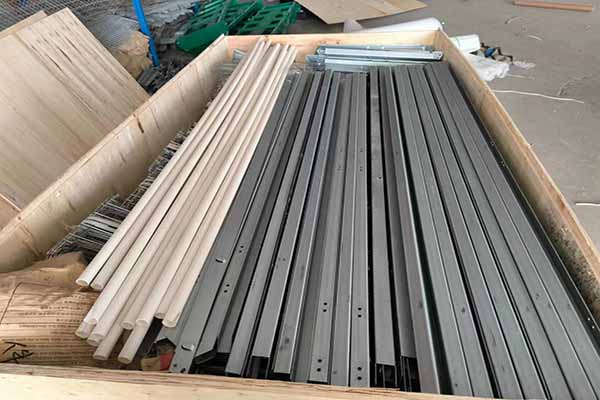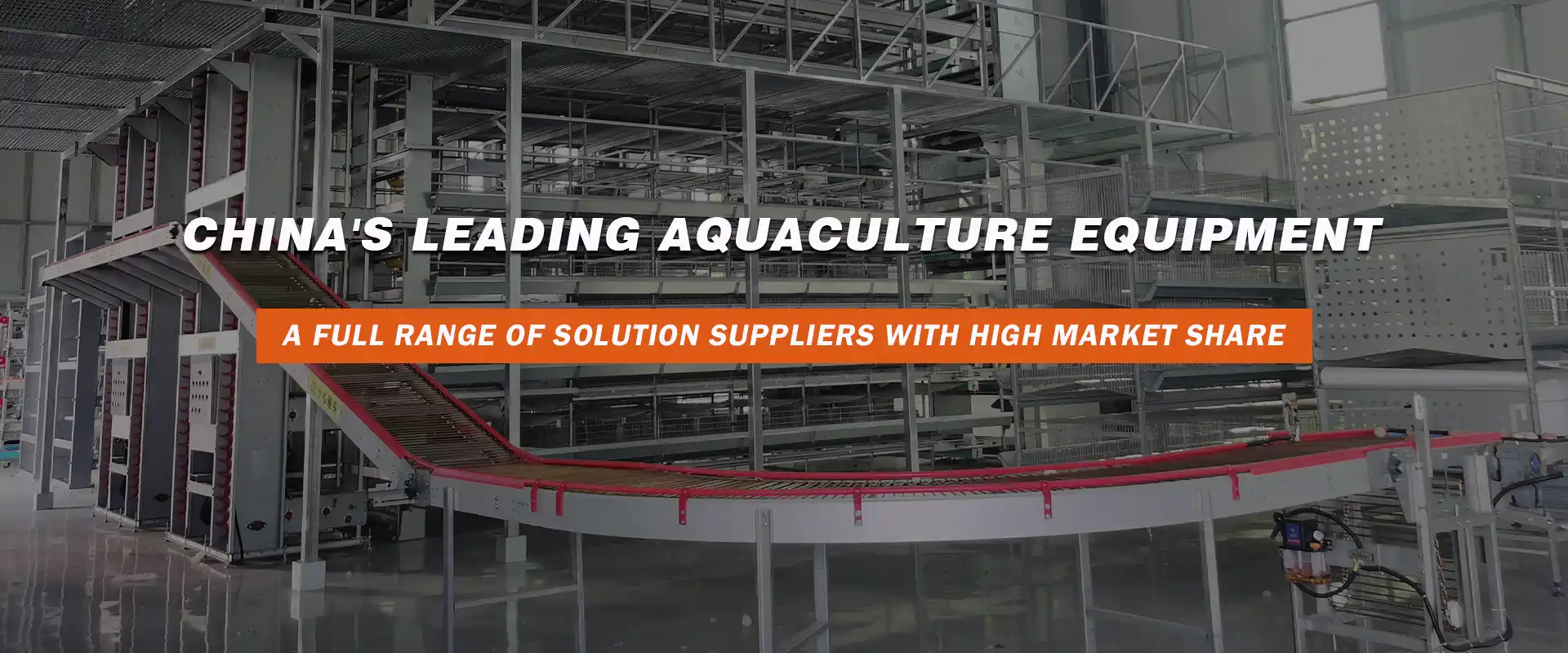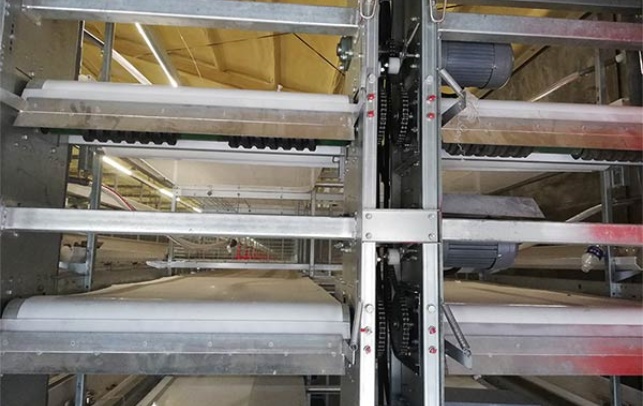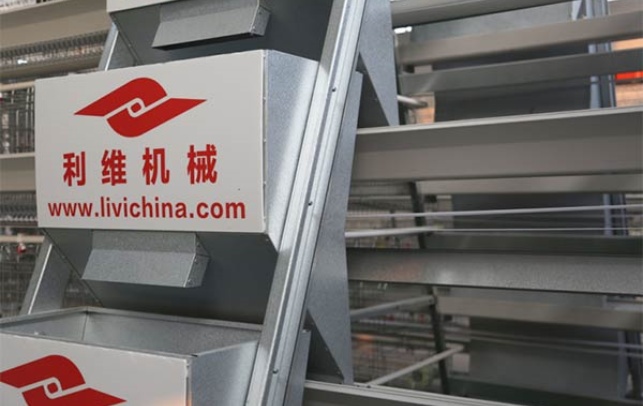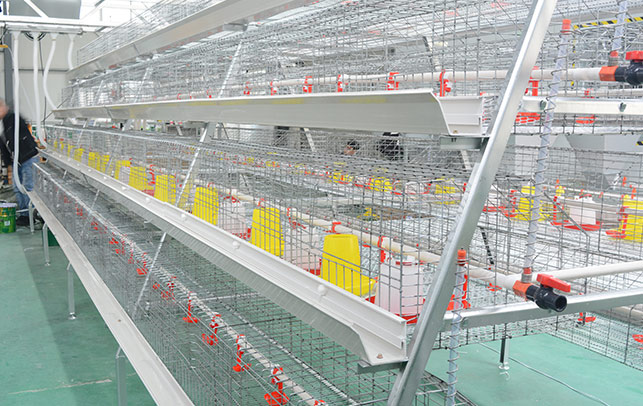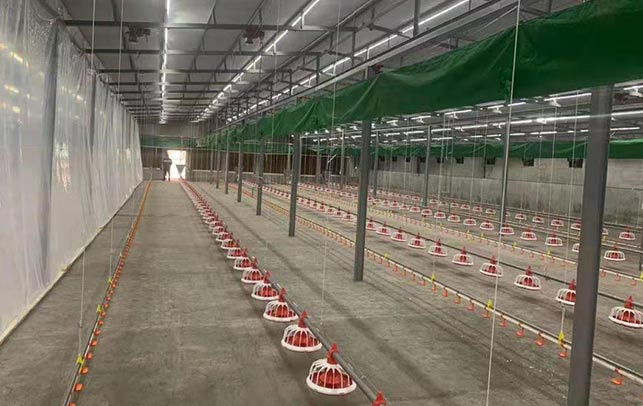Automated Equipment Installation Process for Automated Chicken Farms in Kenya
Time : 2025-04-27
In the bustling heart of Kenya, the agricultural landscape is undergoing a revolution with the advent of automated chicken farms. These farms are not just a sign of modern technology but also a testament to efficiency and sustainability. This article will delve into the automated equipment installation process for automated chicken farms in Kenya, offering insights into what it takes to set up a state-of-the-art poultry operation.
Understanding the Basics of Automated Chicken Farms
Before we dive into the installation process, let’s understand what makes an automated chicken farm tick. These farms leverage advanced technology to automate various aspects of chicken farming, from feeding and watering to monitoring and egg collection. This not only increases productivity but also ensures a healthier and happier flock.
The Equipment You Need
When setting up an automated chicken farm in Kenya, you’ll need a variety of equipment. Here’s a rundown of the essentials:
– Feeders and Waterers: Automated feeding and watering systems are crucial. They provide consistent nutrition and hydration, which is key to healthy chickens.
– Climate Control Systems: Chicken farms need to maintain a stable environment. Automated climate control systems help regulate temperature and humidity.
– Monitoring Systems: These include cameras and sensors that track chicken health, movement, and behavior.
– Egg Collection Systems: Automated systems can collect eggs from the chicken houses, reducing the risk of contamination and increasing efficiency.
– Biosecurity Measures: This includes automated systems to manage waste and keep the farm free from diseases.
The Installation Process
Now, let’s talk about the installation process. This is a step-by-step guide to get you started:
1. Planning and Design
Before you begin installing any equipment, proper planning is essential. Consider the layout of your farm, ensuring that there’s enough space for the chickens to roam and the equipment to operate.
2. Site Preparation
Ensure that the site is clear of any debris and that the ground is level. You’ll also need to establish a reliable power source for the equipment.
3. Setting Up Feeders and Waterers
Start with the basic needs of your chickens. Install feeders and waterers strategically around the farm. Make sure they’re easy to access and maintain.
4. Installing Climate Control Systems
Climate control is vital. Install fans, ventilation systems, and insulation to maintain a comfortable environment for your chickens. Test these systems to ensure they work effectively.
5. Monitoring and Security Systems
Set up your monitoring systems, including cameras and sensors. These should be placed around the farm to keep an eye on the chickens and detect any potential issues.
6. Egg Collection Systems
Choose an egg collection system that suits your farm’s needs. This might involve automated conveyors or manual collection points. Ensure they’re clean and functional.
7. Biosecurity Measures
Implement biosecurity measures to prevent disease spread. This can include automated cleaning systems and waste management solutions.
8. Testing and Optimization
Once all the equipment is installed, it’s time to test it. Make sure everything is working as it should. Monitor the performance and make adjustments as needed.
Challenges and Solutions
While setting up an automated chicken farm is a great investment, there are challenges to consider:
– Cost: The initial investment can be high. However, the long-term benefits often outweigh the costs.
– Technical Knowledge: Operating and maintaining the equipment requires technical know-how. Consider hiring trained staff or outsourcing maintenance.
– Power Supply: Reliability is key. Ensure you have a stable power supply or consider backup solutions.
Conclusion
Setting up an automated chicken farm in Kenya is a complex but rewarding process. By carefully planning and choosing the right equipment, you can create a sustainable and efficient operation. Remember, the key to success is thorough preparation, attention to detail, and a commitment to ongoing maintenance.
Tags
, , , , 